
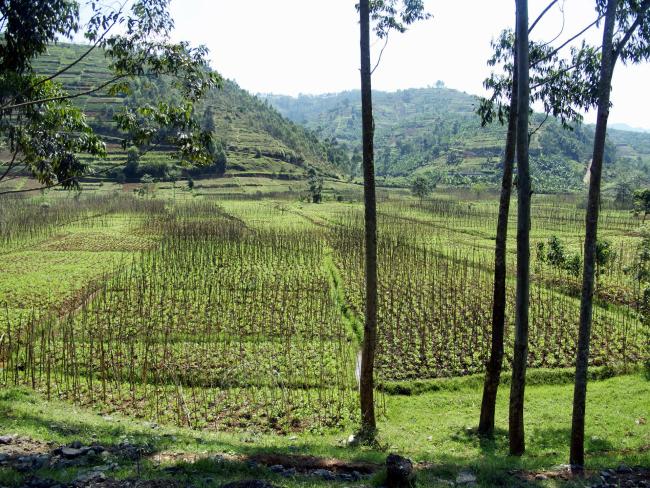
I am a young Rwandan woman, born and raised in southern Rwanda. As children, my friends and I enjoyed killing bees, birds, butterflies and other small animals. We cut branches off trees and muddied fresh water sources. We didn’t do these things out of wickedness, but out of our lack of understanding of their importance — to human life, and to life in general. We were taught that animals were our enemies, and some might have been in certain circumstances.
That lack of understanding still remains. Not long ago, some members of the community took part in killing a crocodile on the Nyabarongo River — a crocodile who was watching over her eggs.
The crocodile was killed on August 24, 2017, having laid her eggs beside the Nyabarongo. She would visit her nest regularly to take care of them, as crocodiles do. Her presence made the people of the Mageragere Sector in Nyarugenge District nervous; they thought she might be planning to attack them. So they prepared a trap, and then shot and killed her.
I witnessed how they seemed to enjoy playing with her dead body, how they were reckless with the eggs. This saddened me, and I still think about that mother crocodile who was simply trying to live her life and protect her eggs.
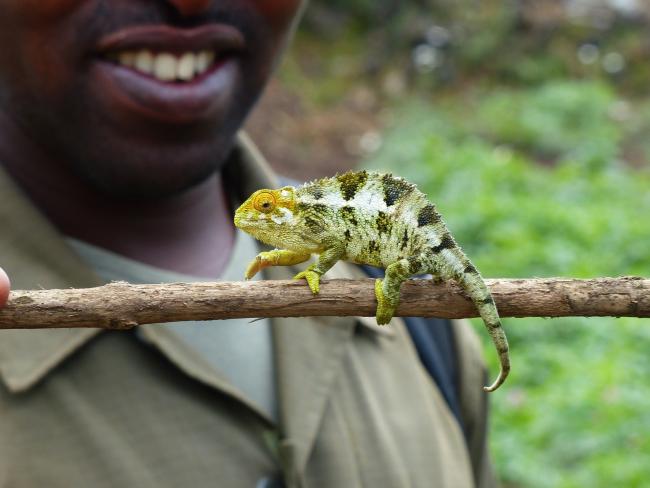
I came to realize the importance of biodiversity through science. I was blessed with the opportunity to continue my education after elementary school; secondary school and university were not easily accessible for me. It was a miracle, really, because our family situation was so very difficult.
The Genocide of 1994 took my father. My mother and her nine children, including me, struggled a lot and faced many barriers. We lived in a rural area of the Kamonyi District and the local schools were not performing well at that time, and not many students were able to continue on to high school. There was no electricity or clean water, so when I came home from school, I had to and go to fetch water from sources in the wetlands, which took up a lot of time every day. I also had to take care of the livestock, finding them grazing areas and making sure they were fed.
These challenges were all obstacles to a good future. However, my passion for a better world and my drive to change things in a positive way remained strong. Through hope, confidence and the belief that passionate and committed people never give up, I strove to reach higher education and get a chance to move forward.
In secondary school, I studied biology and chemistry, and did well on my exams. The government then sent me to the National University of Rwanda to study biology. It wasn‘t as thrilling as I had expected because my biology classes were repeating what I had already studied in secondary school. I had no option but to press on.
I soon became curious about conservation in relation to biology; I didn't know if there was a difference between them. I asked my classmates about conservation, but they knew no more than I did. So I delved deeper, and began to understand the importance of biodiversity. I wondered, why don't we all understand, from childhood on, that those little animals we used to kill are part of the biology that makes up our world? Those animals and trees all make up biodiversity.
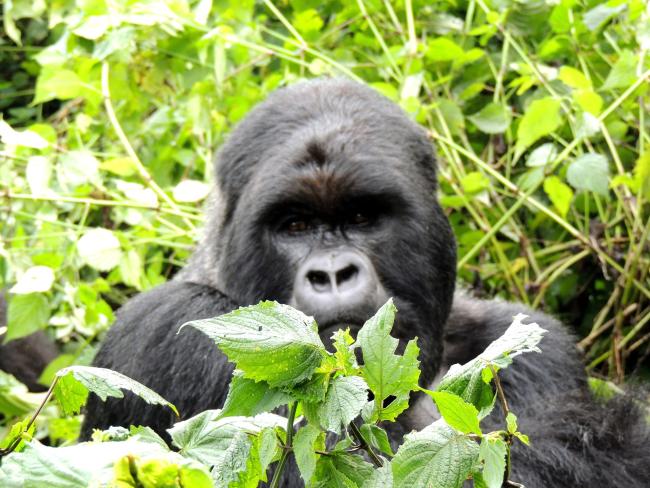
Throughout our lives, we seldom recognize how all plants and all animals are joined together. That our lives depend upon that interconnectedness. For example, we do not realize the importance of the work bees do by pollinating the beans we grow, on which our survival depends, nor do we honor them for preparing honey, which we use as medicine. Nor do we recognize that these life-supporting creatures are struggling because of our use of products like chemical fertilizers on those crops.
These realizations remind me of how I used to kill them, which I regret. I now wonder about how to stop this and how to raise my voice for biodiversity. I know it is vital for our survival and needs to be brought back to our belief system, our cultural and spiritual values. We would all be poorer without it — economically, socially and culturally.
I feel that it is everyone’s responsibility to take care of biodiversity, and any understanding of biology should always include lessons on biodiversity and conservation. We didn't understand those ideas as children because there was no one to teach us about them. We never learned about how things work, how important every living thing is for our lives or the important role the community plays in conservation. By teaching these concepts, we will encourage children and communities to become future leaders, to be stewards of the Earth.
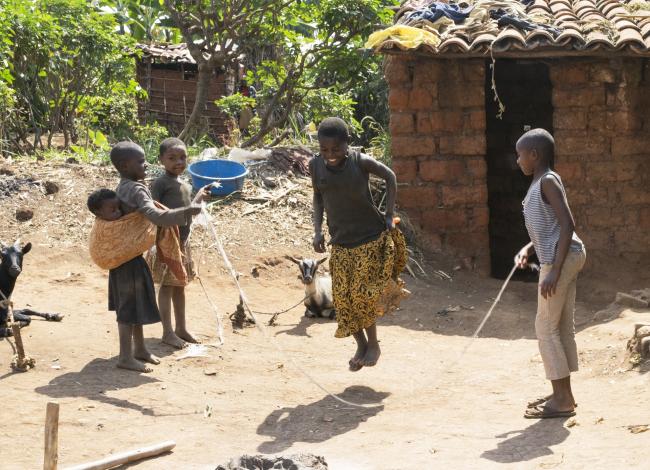
Many communities still view nature as their personal playground — cutting trees without planting others and killing animals for no real reason, for example — all because of a lack of knowledge about biodiversity and the importance of its conservation. Without that knowledge, rural men, women and children will continue to destroy biodiversity, from the smallest creatures to the biggest trees.
As we all know, educating a woman means educating the nation. Let us strive to educate mothers and give them access to this information so they can teach our children about the importance of all life.
There is a strong correlation between women’s biodiversity education and conservation. For local communities in particular, direct links with the land are fundamental, and obligations to maintain them form the core of individual and group identity. Women gather firewood and other bush products for food, medicine and house-building. Wild food enhances food security for many communities facing situations such as famine, conflict and epidemics.
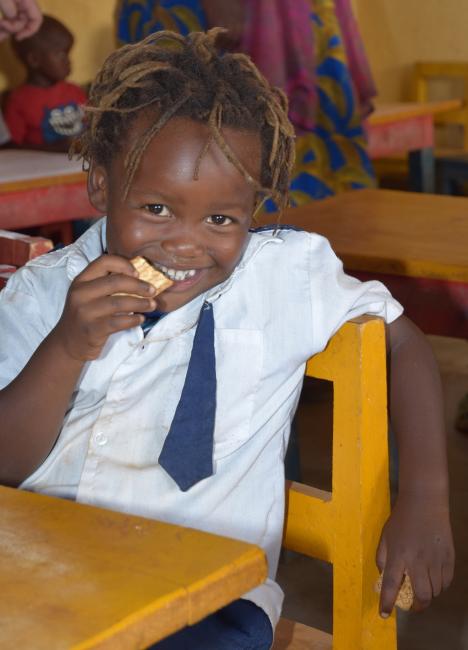
Many women and children in our communities collect eggs and insects as food sources, a task delegated by older women to younger ones. Women also take charge of many agricultural activities, planting, tending and reaping a wide variety of vegetables. They deal with biodiversity on a daily basis. Using their rich experience and broad knowledge, women can mobilize campaigns and training sessions in support of biological diversity, food security and cultural diversity. Woman are the key to conserving life for the future. By including the young women of the community, the message of conservation will be passed from generation to generation. And if biodiversity conservation education begins at an early age, that knowledge will only grow and spread.
Economists, lawyers, conservationists, educators and government leaders must all come to understand the role of biodiversity and conservation in the world we live in. And we must start to teach our children about them when they are young so that they will recognize each little animal and every leafy branch as an important part of who we are and of our world’s most important resource: biodiversity.